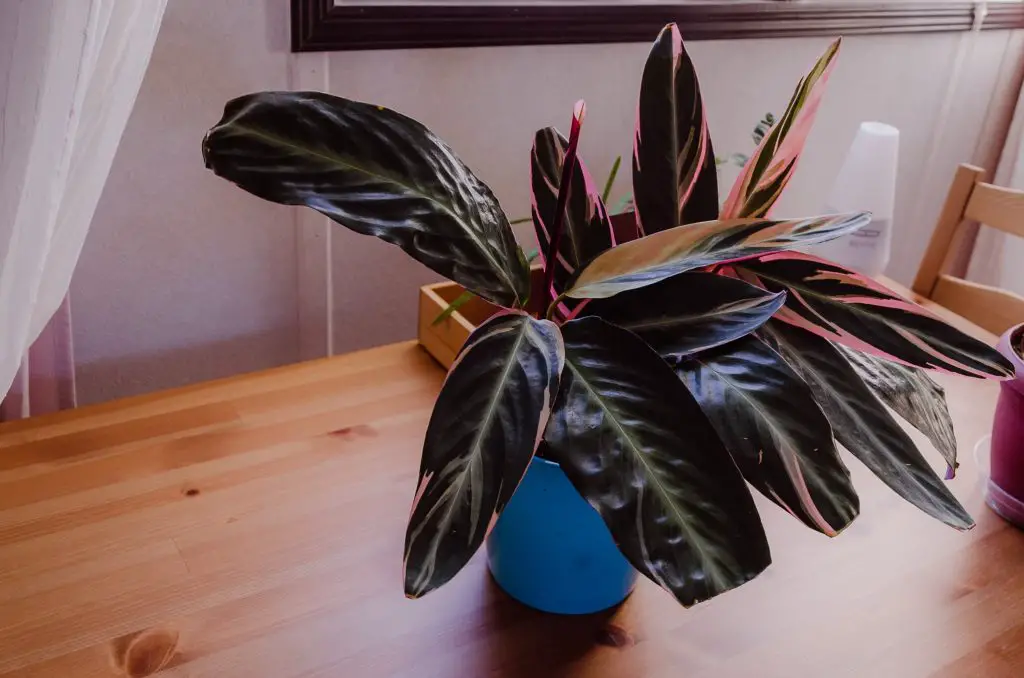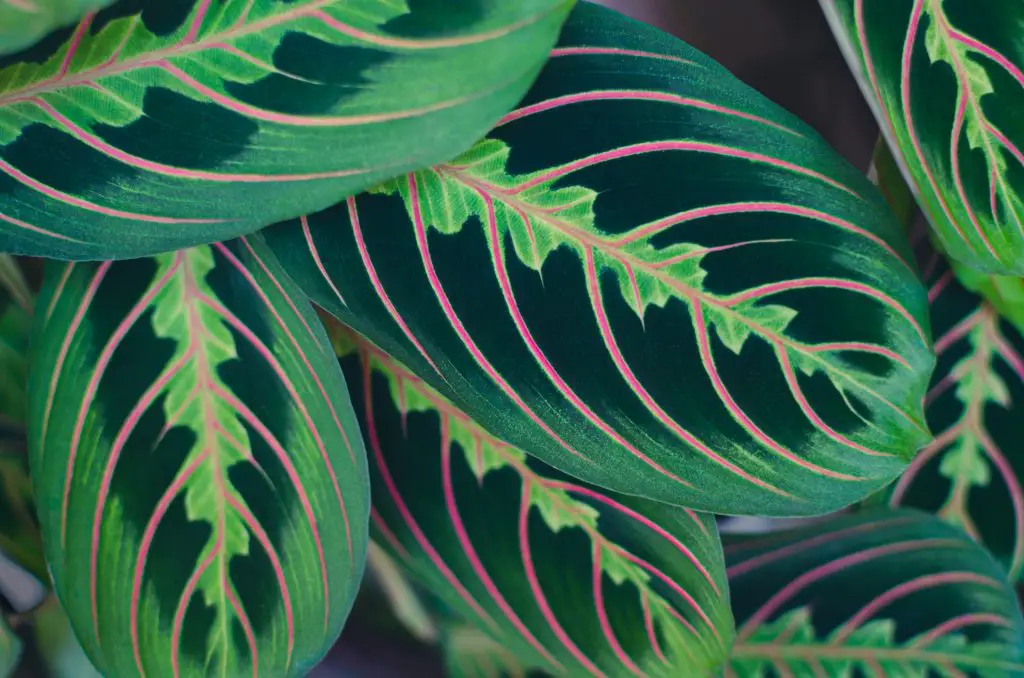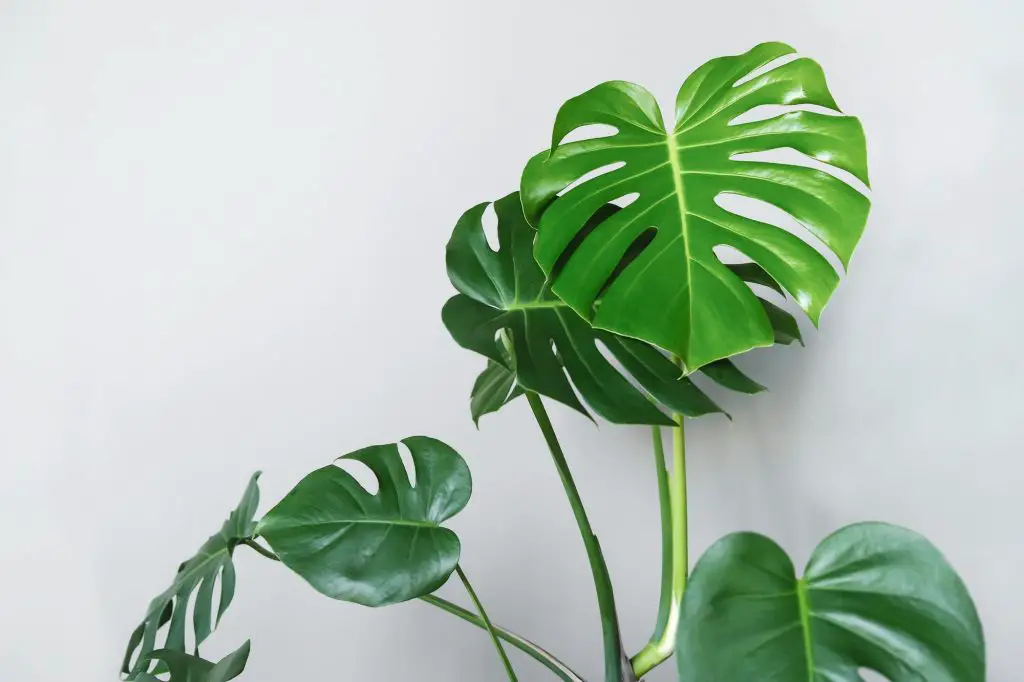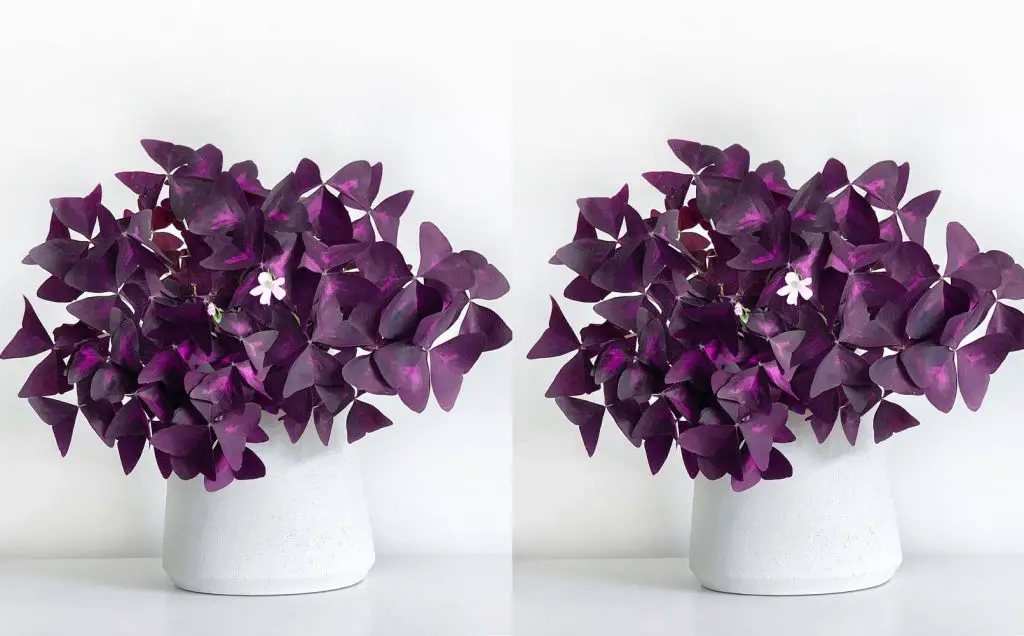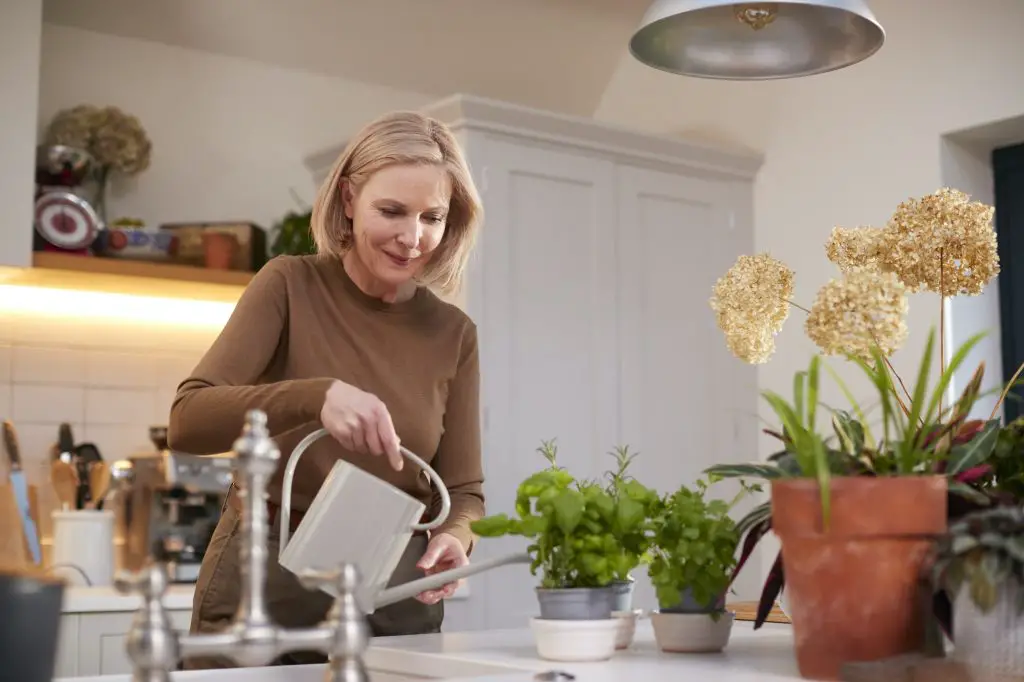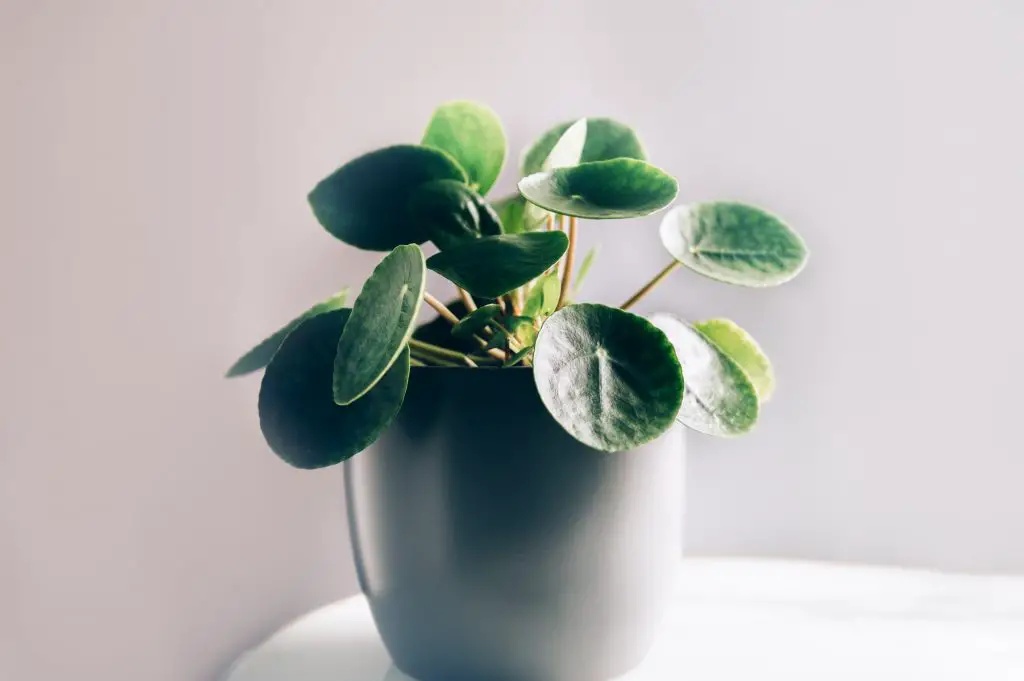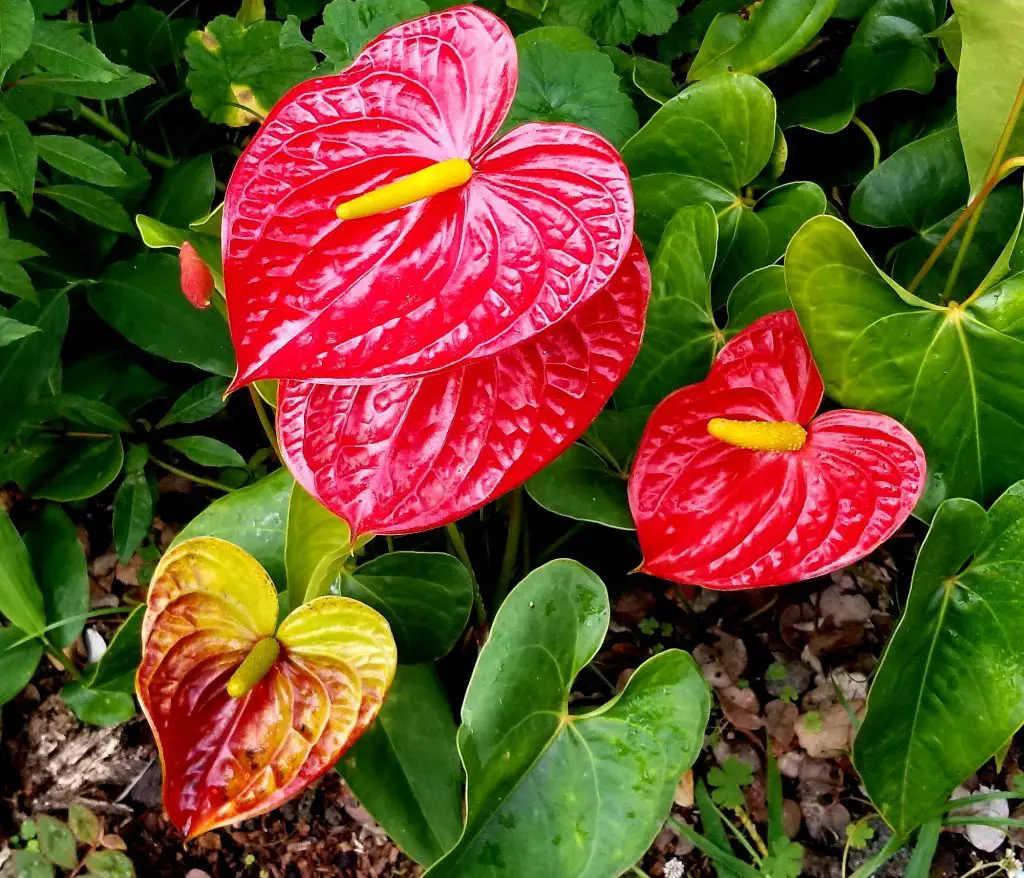This is a complete Triostar Stromanthe plant propagation and care guide, in this article you’ll find everything you need to care for this stunning and colorful indoor plant.
There are several houseplants that you can have in your home, however, you can only enjoy their company if they are healthy. They can only become healthy if they are properly cared for and this can only occur if you know the requirements to keep them healthy.
Continue to read on to find out all you need to know about one of the most loved house plants; Triostar Stromanthe.
Table of Contents
Triostar Stromanthe Plant Background
| Botanical name | Stromanthe Sanguinea |
| Common name | Stromanthe Triostar |
| Sun exposure | Partial sun |
| Origin | Amazon jungle in South America |
| Plant type | Tropical perennial |
| Light | Bright, indirect light |
| Water | Moderate |
| Mature size | 2 to 3 feet |
This is plant species that is native to the Brazilian rainforest; it is of the family of Marantaceae, also known as the prayer plant family. It is a rhizomatous tropical perennial, the plant’s short stem support leaves that are 6 to 12 inches long. It is a common houseplant and it is known for its colorful, impressive, leaves.
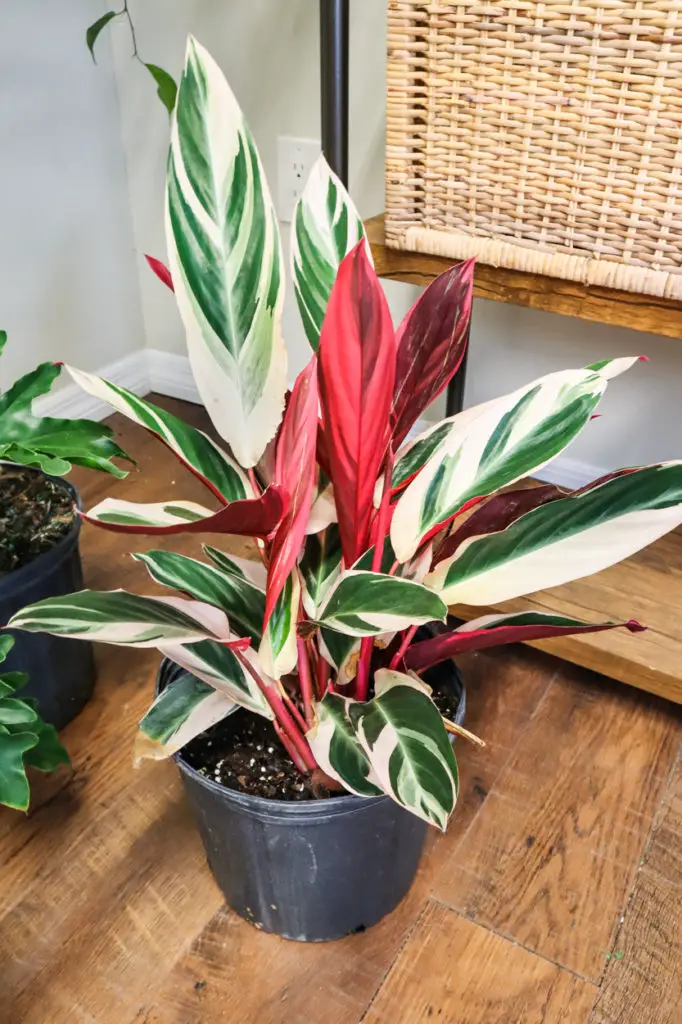
It comes in a variety of colors i.e. pale green, deep pink, maroon, magenta, cream, etc. Triostar is an elegant plant and one of the most grown houseplants. When properly cared for, the plant grows up to two to three feet high and one to two feet across when it is matured.
Similar to the prayer plant, triostar will fold and rise its leaves at night.
Like many other plants, growing triostar stromanthe isn’t hard or stressful; however, it requires specific care to grow to its full potential. The tiring thing about triostar stromanthe is that when they do not have the care they need, it gets really obvious. . Here is everything you need to know about this amazing plant!
Quick Tip
The triostar stromanthe comes in varieties and no two plants or two leaves are ever the same.
Triostar Stromanthe Plant Propagation Requirements
Here are the requirements you need to help you plant and grow the Triostar Stromanthe plant.
1. Light
The choice of light of stromanthe triostar gets plant owners confused. This is because the most colored plant requires full sunlight to brighten its color and lose its color in dim light. However, the case is not the same with stromanthe.
As similar to the prayer plant, this plant does not enjoy full sun, in fact; they tend to lose their color when exposed to bright light. This can be as a result of their origin and how they lived in their natural habitat; the rainforest.
When preparing to grow the triostar stromanthe, it is best to place it by the east-facing window where it will receive bright, indirect light.
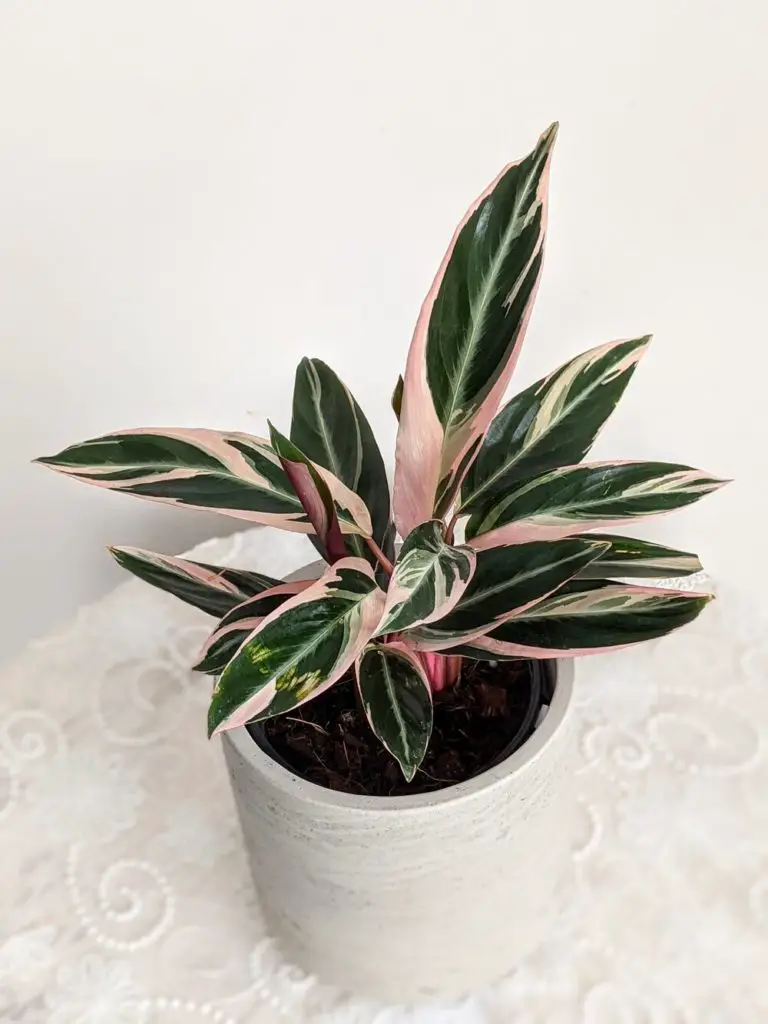
2. Soil
The type of soil is very important to most plants, and our dear triostar is not left out. Triostar stromanthe enjoys light, well-drained soil. You can either purchase an organic mix or add some potting soil with some perlite to make it light.
3. Humidity
Humidity is very important to triostar’s health. This is also a result of the plant’s origin. You can group the plant with other green plants to make the environment humid. You can also fill a tray with peddles and play and place the plant pot on it.
However, if these methods aren’t enough, you might need to put more effort into creating a humid environment for your plant. You can mist the plant frequently with room temperature water or you get a humidifier in your home.
4. Potting
While some plants do well with deep pots, some enjoy shallow pots. Triostar is one of those plants that grow best in shallow pots or planters.
Too big a pot will increase the stagnant lower region. Regardless of what pot you get, it should have good drainage, as this is equally important. Putting peddles at the bottom of the pot traps moisture beneath the roots and this isn’t healthy.
Triostar Stromanthe Propagation
The process propagation for triostar is different from others. It is not possible to propagate triostar stromanthe from cuttings; however, you can have it propagated via division. It is also best that you do your propagation during spring or summer; this will increase your chances of having a successful propagation.
Step 1
Get a healthy, mature plant, get it out of its pot, shake off the soil, and carefully look through it to figure out which part is suitable to divide. Make sure there are at least 2 to 3 leaves on it, with care, untangle the root and cut the part out with a clean knife.
Step 2
Get new pots ready, with good potting soil, plant the new division in the new soil, replant the mature plant in another pot with soil. Water the plant well so that the soil becomes moist.
Step 3
Place the plant in a place where it can get bright, indirect light. Make sure the soil is moderately watered and not left soggy. New leaves from the plant signify that the plant is growing well.
How To Care For Triostar Stromanthe
Here’s a Triostar stromanthe care guide video and some tips we know you’ll find helpful to make your triostar happy.
I. Light is one of the most important requirements of most plants, however, their requirements differ in the amount each desire. Triostar requires light all through its life and not just at the beginning, however, unlike other colored plants that require full sunlight, the triostar stromanthe require bright, indirect light and this makes it easier to tend to them indoors. You should place them near an east or north-facing window. Exposure to full sun can damage the leaves.
II. Although there are no specific guidelines for watering, you should only water this plant when you notice the topsoil is dry. Triostar thrives in moist and not dry or soggy soil. The best water to use is rainwater, distilled or filtered water. Tap water contains chemicals that can build up in the soil and hinder the plant’s growth.
III. Make use of light, well-draining potting soil, also make use of pots that has drainage holes. Drenching the soil is an effective method of watering the plant; it allows the plant to be thoroughly hydrated. You must water your plant less during winter.
IV. Pruning is important to every plant because it gets out unwanted, dead, and damaged leaves. you should prune with a sharp sterilized blade.
V. Repotting may not be necessary because triostar gets stressed by this and sometimes they may take forever to recover. If it becomes important for you to re-pot, make use of a pot of the same size if you don’t want them to get bigger or you choose one size up a pot.
VI. Triostar stromanthe plants do not get attacked by pests or diseases, however, you might want to watch out for fungal diseases. Humid conditions make the plant becomes likely to get mold and root rot. Aphids are also very likely to affect houseplants, once you notice your plant is suffering from aphids, get them treated immediately. Not just can they destroy your triostar but they can move to other houseplants.
VII. Stromanthe is a moderate feeder, you should give your plant fertilizer once or twice in one month. Be careful not to overfeed them, this is because too much fertilizer can affect their growth.
VIII. Humidity is very important for the triostar stromanthe. Make sure to keep the plant in a high humidity environment, if you cannot make this possible, you should mist your plant regularly. Low humidity can attract pests and diseases.
Quick Tip
Triostar, like most houseplants, do well as long as they are given the basic needs; moderate water, good light, good soil, humidity.
Troistar Stromanthe FAQ
Is Stromanthe Toxic?
No, triostar stromanthe and all plants in the Marantaceae family do not contain toxic substances. They are safe around children and pets.
Why Is My Stromanthe Turning Yellow?
There are only two reasons your triostar will turn yellow, and that is overwatering and less exposure to sunlight. To get your plant healthy again, reduce the watering level, make sure you only water when the plant is dry. You should also move your plant to where it will get indirect light.
What Happens When My Plant Is Curling?
The curling of triostar stromanthe is a sign that your plant isn’t doing well. It could be as a result of extreme temperature, overwatering, low watering, low humidity, etc. to get your plant healthy, simply improve the care you give your plant and growing environment.
Are Stromanthe Triostar Easy To Look After?
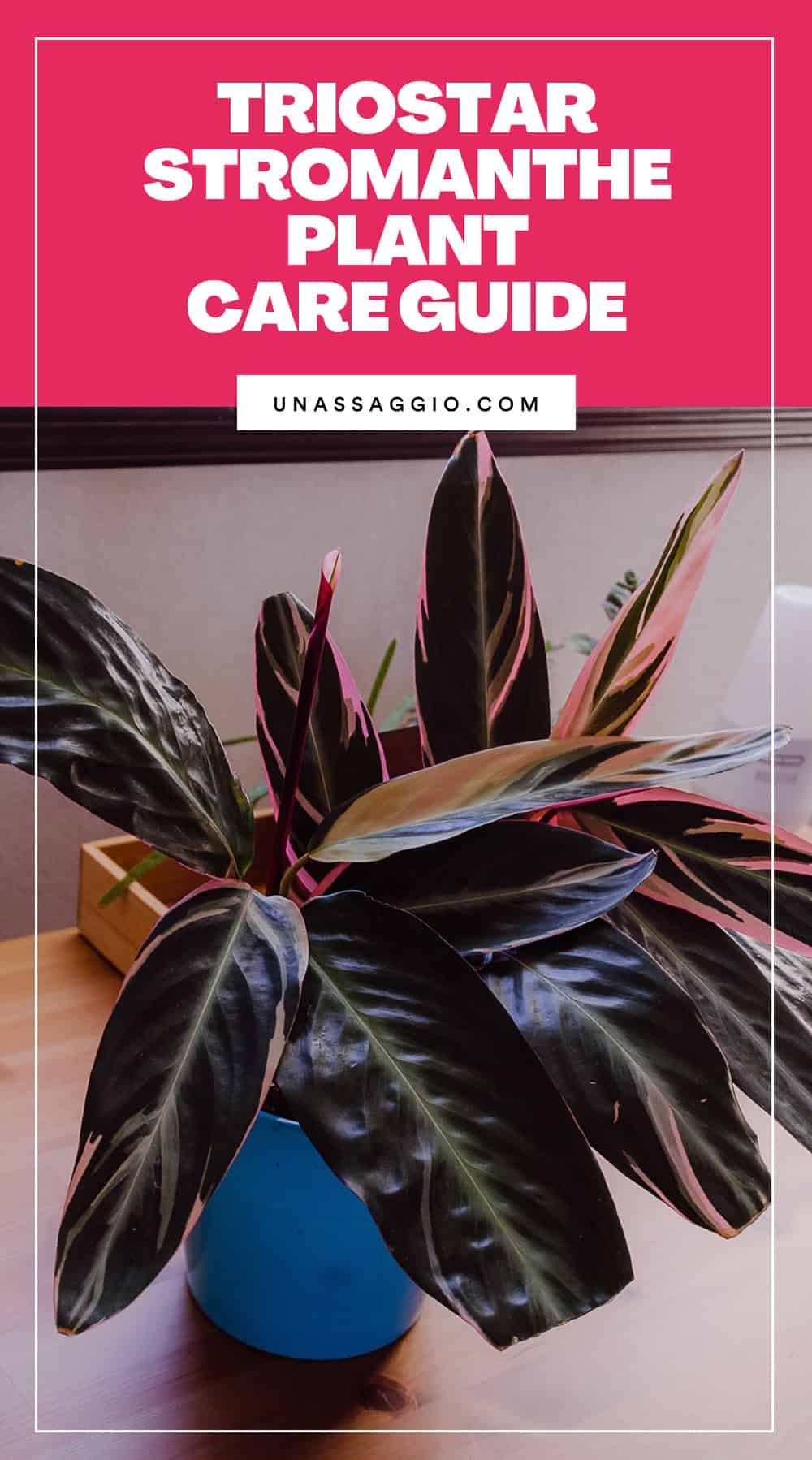
Stromanthe Triostar isn’t hard to look after, however, they aren’t the easiest either. The most important thing to note in growing this plant is to get the care requirement right and you are good.
Is a Stromanthe Triostar a Calathea?
No, a Stromanthe Triostar is not a Calathea. The stromanthe triostar and Calathea plants are different species of flowering plants belonging to the Marantaceae family. The similarity between them is both plants tend to be swayed easily by a breeze and can fold up their leaves at night. In addition, there is no plant called Calathea triostar or Calathea Tricolor, what exists is a Ctenthanthe tricolor. The stromanthe triostar and Ctenthanthe Tricolor are similar in shape and pattern although they vary in foliage appearance.
Is Stromanthe Ginger?
No, stromanthe is not a ginger. However, there is a species of the stromanthe sanguinea known as the Tricolor Ginger Plant. This species is distinct from other species considering the brilliant reddish-pink along sides the bright white and green prevalent on the foliage appearance. The accentuation this species brings to the environment causes it to be a favorite amongst stromanthe sanguinea enthusiasts.
Why Is My Triostar Dying?
Triostar plants start declining in growth when they are deprived of adequate nutrients such as water, bright light, and appropriate soil. When Triostars are exposed to poor lighting, their leaves start turning yellow. Also, overwatering and underwatering are often responsible for a growth decline in Triostars. When the plant is underwatered, the soil becomes incapable of supplying sufficient nutrients to the roots. In reverse, if overwatered, the soil becomes exposed to root rot which is detrimental to the growth of the plant.
How Big Do Triostar Stromanthe Get?
When the triostar is healthy, it can get as big as 2 to 3 feet in height and 1 to 2 feet (31-61cm)
How Often Should I Water My Triostar?
While there is no specified amount of times you should water your triostar, the soil of your triostar must never get dry or soggy. Either of these conditions is a threat to the survival of your plant. Modify your schedule to adequately cater to the watering needs of your plant. If you discover your plant is overwatered, stay off watering the plant for a while to help the roots recuperate. During winter seasons, reduce watering the plant.
Why My Triostar Is Leaves Turning Brown?
Humidity is as important as water, brown leaves are a sign that your triostar lacks humidity, mist the leaves regularly to help your plant regain its health.
Is Stromanthe Triostar Hard to Grow?
No, stromanthe Triostars are not hard to grow so far all necessities are provided upon propagation. The basic requirements for a stromanthe are the following: bright but indirect light, warm temperature, adequate watering that ensures soil’s plant never gets dry or soggy, drilled pot or containers, and a standard house plant fertilizer to speed up its growth. It is important to note that Stromanthes cannot survive in dry environments. The growth process of this plant is usually impeded when adequate requirements are not provided.
How Do You Make Stromanthe Grow Faster?
Using a standard house plant fertilizer enhances the growth of your stromanthe. A balanced liquid houseplant fertilizer is the most appropriate. The liquid fertilizer has to be diluted to prevent it from being too concentrated for the plant. Going overboard with fertilizing the plants can cause more harm than good. A pinpointer to overfertilization is a change in foliage appearance; the leaves begin to turn yellow.
Do Stromanthe Leaves Fold Up?
Yes, Stromanthe leaves fold up. Stromanthe leaves fold up at night. When they fold up, they give off a praying position. Whenever the leaves fold up, the colored parts especially the reddish and pink areas become unnoticeable. The plants move all day long as they rise at sunset and fall in the sunshine.
How Do You Keep A Stromanthe Triostar Plant Happy?
Keeping your Stromanthes happy does not require a lot of effort. Much of what they require include these: proper lighting, warm temperature, adequate watering, prevent exposure to direct sunlight, good pots, and containers, standard fertilizers, organic soil, pruning to eliminate dead leaves to ensure even spread of nutrients, and to maintain shape.
Prices pulled from the Amazon Product Advertising API on:
Product prices and availability are accurate as of the date/time indicated and are subject to change. Any price and availability information displayed on [relevant Amazon Site(s), as applicable] at the time of purchase will apply to the purchase of this product.
Final Thoughts
You enjoy the company of houseplants when they are healthy. Your houseplants only get healthy when they are given the right amount of care. For most houseplants, the right soil, water, temperature, humidity, and food are the basic requirement and the triostar isn’t left out.
More houseplant care guides:

